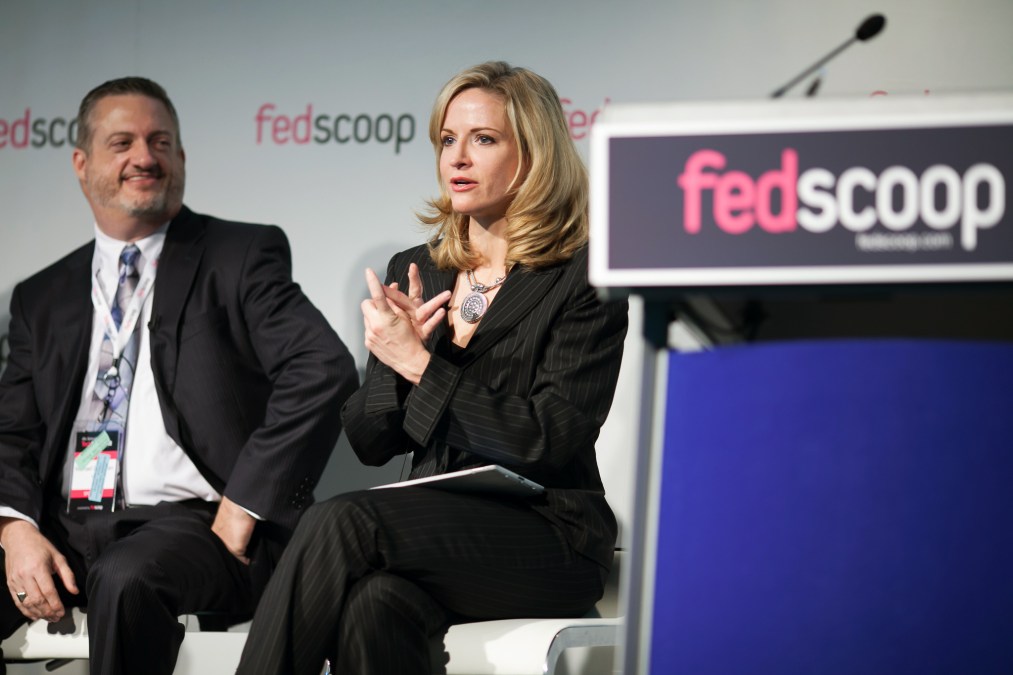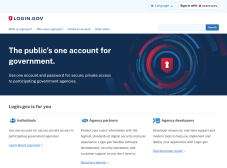Former GSA CIO: It’s time for a federal ‘Agile First’ strategy

Government should prioritize agile methodologies not only in software development but in IT procurement, finance, budgeting and hiring as well, according to a former CIO of the General Services Administration.
Tasks should be done in parallel rather than sequentially when possible, and paper-based processes should not only be digitalized but done in real-time, Casey Coleman told FedScoop.
The federal Cloud First strategy prioritized cloud migration, while the Cloud Smart strategy directed agencies to take advantage of as-a-service offerings. Ensuring adoption of the agile method is a logical next step and a recommendation ACT-IAC made to the Biden administration during the presidential transition.
“If you think about how work gets done on the ground in departments and agencies, we still have old waterfall processes,” said Coleman, now senior vice president with Salesforce. “There’s an opportunity now to think about what we’ve learned in the pandemic and to change the way we operate to Agile First.”
The COVID-19 pandemic proved out everything from digital signatures to telehealth, she added.
Coleman’s comments come days after she testified before the Senate Emerging Threats and Spending Oversight Subcommittee, which held the first in a series of hearings on the need to modernize legacy IT systems in government. Subsequent hearings will explore innovative solutions to the problem.
The government will spend more than $100 billion on IT this fiscal year, when last fiscal year about $29 billion of that went toward maintaining legacy systems. And that number doesn’t take into account those systems’ negative fiscal impact on security, service delivery and customer experience, said Sen. Maggie Hassan, D-N.H., who chairs the subcommittee.
Hassan noted the IRS’s delays in processing tax returns and economic impact payments was due, in part, to its aging system that relies on paper and not digital records.
“The American people pay the price of failing to modernize legacy IT systems,” Hassan said. “Over the past year in particular, my office has received hundreds of messages from constituents struggling to access passports and visas, unemployment benefits, economic stimulus payments, benefits information from the Department of Veterans Affairs, and information on filing taxes.”
The 10 most critical legacy IT systems in government as of June 2019 ranged from eight to 51 years in age and cost $337 million to maintain. Several systems operated with known security vulnerabilities, and the departments of Education, Health and Human Services, and Transportation had no plans for modernization, according to a Government Accountability Office report released in late April.
Only the departments of Defense and the Interior had modernization plans that included milestones, a description of the work needed and the intended disposition of the system in question. The rest — the departments of Homeland Security and the Treasury, Office of Personnel Management, Small Business Administration, and Social Security Administration — only had partial plans.
“[T]he agencies’ modernization initiatives will have an increased likelihood of cost overruns, schedule delays, and overall project failure,” reads the report. “Project failure would be particularly detrimental in these 10 cases, not only because of wasted resources, but also because it would prolong the lifespan of increasingly vulnerable and obsolete systems, exposing the agency and system clients to security threats and potentially significant performance
issues.”
And yet Coleman has never been more optimistic about the “generational opportunity” for agencies to migrate to the cloud thanks to the emergency of commercially operated, always-on, hardened and upgraded platforms.
For instance, COVID-19 contact tracing began as a paper-based process before migrating to cloud-based platforms. “The COVID pandemic has forced and pushed all of us into modernizing in weeks or months what otherwise would have taken years,” Coleman said. “And from the innovation that has emerged from the tragedy of the pandemic, we’ve seen that governments are able to move quickly and be able to respond in no time to pressing needs of their communities.”
Outside of the $1 billion injected into the Technology Modernization Fund in March, Coleman said she’d like to see agencies use working capital funds “more advantageously.” The funds created by the Modernizing Government Technology Act roll over money not used the previous fiscal year and give agencies more control over IT project timelines and continuity.
Government IT legislation is also in need of an update, even if technology does naturally evolve at a faster pace.
“If you look at the legislation that is in place,” Coleman said. “Some of it is generations behind where we are with technology.”






